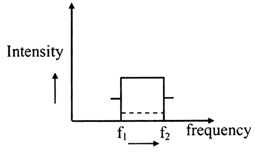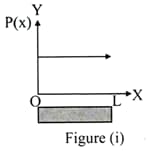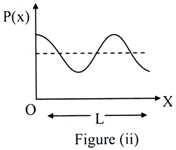Umakant Kondapure, Collin Fernandes, Nipun Bhatia, Vikram Bathula and, Ketki Deshpande Solutions for Chapter: Wave Motion, Exercise 4: Evaluation Test
Umakant Kondapure Physics Solutions for Exercise - Umakant Kondapure, Collin Fernandes, Nipun Bhatia, Vikram Bathula and, Ketki Deshpande Solutions for Chapter: Wave Motion, Exercise 4: Evaluation Test
Attempt the practice questions on Chapter 1: Wave Motion, Exercise 4: Evaluation Test with hints and solutions to strengthen your understanding. MHT-CET TRIUMPH Physics Multiple Choice Questions Part - 2 Based on Std. XI & XII Syllabus of MHT-CET solutions are prepared by Experienced Embibe Experts.
Questions from Umakant Kondapure, Collin Fernandes, Nipun Bhatia, Vikram Bathula and, Ketki Deshpande Solutions for Chapter: Wave Motion, Exercise 4: Evaluation Test with Hints & Solutions
Stationary sound of frequency and a stationary observer are placed near a reflecting surface moving away from the source with velocity the apparent frequency of the echo of considering velocity of sound equal to is

Two trains and are moving with speeds and respectively in the same direction on the same-straight track, with B ahead of A. The engines are at the front ends. The engine of train A blows a whistle.
Assume that the sound of the whistle is composed of components varying in frequency from to as shown in the figure. The spread in the frequency (highest lowest frequency) is thus . The speed of sound in still air is

Draw the plot of Intensity heard by with frequency ().
Three tuning forks of frequencies are sounded together. The beat frequency is,
Assertion: Our ears cannot distinguish two notes, one produced by a violin and other by a sitar, if they have exactly the same intensity and same frequency.
Reason: When a musical instrument is played, it produces a fundamental note which is accompanied by number of overtones called harmonics.
A source emitting sound of frequency is moving in a circle of radius , having centre at the origin,-with a uniform speed is where c is the speed of sound. Find the maximum and minimum frequencies heard by stationary listener at the point
String- is connected with string-. The mass per unit length in string- is and mass per unit length in string- is . The tension in the strings is T.A travelling wave is coming from the left. What fraction of the energy in the incident wave goes into string-2?
The figure shows the graphical representation of the air molecules in a tube of air () at atmospheric pressure on the absolute pressure graph. Which of following pictures corresponds to absolute pressure of figure?


A sound increases its decibel reading from 20 to 40dB. This means that intensity of sound is
